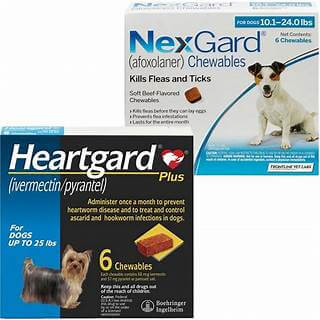
Giardiasis is a prevalent intestinal disease in dogs, triggered by Giardia, a tiny protozoan parasite. Dogs become infected when ingest Giardia cysts from contaminated environments, such as water, soil, or infected fecal matter. While some strains can also infect humans, dogs may carry and shed the parasite without showing any signs, making it possible to transmit the disease unknowingly.
Giardia is found globally, and in the United States, it is one of the most prevalent intestinal parasitic infections. It affects millions and a significant portion of the canine population, particularly in high-density areas like kennels. Puppies, elderly dogs, and those with weakened immune systems are more prone to the infection and often show more severe symptoms.
Signs And Symptoms Of Giardia In Dogs
When symptoms of giardiasis appear, they typically include:
- Sudden, foul-smelling diarrhea, often green-tinged or mixed with blood
- Lethargy and reduced appetite
- Abdominal discomfort
- Weight loss
Giardia primarily affects the small intestine, where it multiplies, often leading to gastrointestinal issues. However, not all infected dogs show symptoms, making diagnosis challenging.
How Do Dogs Contract Giardia?
The life cycle of Giardia consists of two stages: the active trophozoite stage and the cyst stage. Dogs become infected by ingesting the cysts through contaminated water, food, or surfaces. The cysts are expelled through the feces of an infected dog and have the ability to persist in the environment for several months.
While transmission to humans is possible, most cases arise from consuming contaminated water or food rather than direct contact with infected dogs.
Diagnosing Giardia In Dogs
To diagnose giardiasis, veterinarians rely on medical history, physical examination, and diagnostic tests. Standard fecal tests may only sometimes detect Giardia, but more specialized testing, including repeated stool samples, is often employed. Additional diagnostic methods may include blood tests to evaluate overall health, particularly in dogs showing severe symptoms.
Treatment For Giardia In Dogs
Giardiasis treatment primarily aims to alleviate symptoms, especially diarrhea and discomfort. Treatment often involves:
- Fluid therapy: Dogs with severe dehydration may require intravenous fluids to restore hydration and electrolyte balance.
- Medications: Veterinarians typically prescribe antiparasitic and antibiotic medications to treat the infection.
- Hygiene management: Regular bathing is essential to remove cysts from the dog’s coat, reducing the risk of reinfection. Additionally, disinfecting the dog’s bedding and living environment helps prevent the spread of the parasite.
Managing And Preventing Giardia In Dogs
Most dogs typically recover from giardiasis in about a week with appropriate treatment. It is advisable to retest 24-48 hours after completing treatment to confirm the infection is fully resolved. Implementing preventive strategies can help lower the chances of future infections.
- Monitor your dog in public spaces and prevent contact with fecal matter.
- Book routine veterinary wellness exams to detect potential infections early and ensure your pet's health remains in optimal condition.
- Schedule regular wellness check-up with your veterinarian to catch potential infections early.
- Maintain year-round parasite prevention to support your dog’s overall immune health.
- Consider vaccination for dogs at higher risk of giardiasis.
Ensuring good hygiene practices—such as washing hands after handling your dog and promptly disposing of fecal matter—can help protect your dog and your household from the spread of giardiasis.
Maintaining a proactive approach and keeping your dog's environment clean can significantly help in managing and minimizing the risk of giardiasis.






